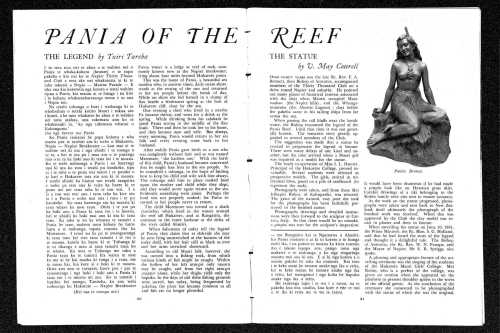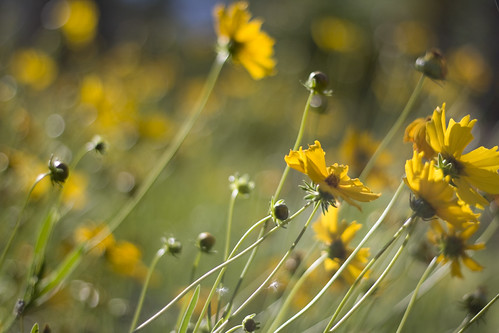Pania swam up to me one cold stormy day as I strolled along the shore. She was ever so tired of the wintry ocean and longed for the warmer seas. I suggested she spend the winter ashore in my warm cosy house, and she heartily agreed.
She has found herself quite at home here and seems to have become best friends with Miss Octopus, both of whom have a love of the ocean and ocean jewels. She has been entertaining me with tales of her namesake, Pania, the mythical Maori maiden of the reef, and as a thank you for my hospitality she has agreed to share how you too can have your very own turtle visit.
Pania the Turtle (or Tortoise!) Amigurumi Pattern
My patterns are written down as I create my amigurumi, but let me know if there is anything missing.
Techniques
You will use the basic amigurumi crochet techniques: magic circle, slip stitch, single crochet (sc), increase, and invisible decrease. The pattern gets you to practice making a flat circle and a half sphere.
Note: US crochet stitch terminology is used. ch=chain, sc=single crochet, 2sc in next sc=increase, sc2tog=decrease (crochet two sc together to make one sc). I use the invisible decrease method for all decreases.
Materials
* Yarn: Dark Green (Shell), Light Green (Head, legs, tail), brown (underside) (your turtle can be different colours of course! These are just what I used)
* Safety eyes (I used 7mm). You can also stitch your eyes or make them out of felt
* Black embroidery thread (for mouth)
* Polyfill stuffing
* Crochet Hook (I used 3.5mm)
* Needle (one with an eye big enough for yarn, and one for your embroidery thread)
* Any other materials to decorate
Pattern
Turtle: Shell
Dark Green Yarn
RND1: 6sc magic circle [6]
RND2: 2sc in each sc [12]
RND3: sc in next sc, 2sc in next sc. Repeat. [18]
RND4: sc in next 2 sc, 2sc in next sc. Repeat. [24]
RND5: sc in next 3 sc, 2sc in next sc. Repeat. [30]
RND6: sc in next 4 sc, 2 sc in next sc. Repeat. [36]
RND7: 36 sc around [36]
RND8: 36 sc around [36]
RND9: 36 sc around [36]
Slip stitch to finish off, leave a long length for stitching (will be used to stitch base to shell). 30-40cm should be more than enough.
Turtle: Underside
Brown Yarn
RND1: 6sc magic circle [6]
RND2: 2sc in each sc [12]
RND3: sc in next sc, 2sc in next sc. Repeat. [18]
RND4: sc in next 2 sc, 2sc in next sc. Repeat. [24]
RND5: sc in next 3 sc, 2sc in next sc. Repeat. [30]
RND6: sc in next 4 sc, 2 sc in next sc. Repeat. [36]
Slip stitch to finish off, trim excess yarn.
Turtle: Head
Light Green Yarn
RND1: 5sc magic circle [5]
RND2: 2sc in each sc [10]
RND3: sc in next sc, 2sc in next sc. Repeat. [15]
RND4: 15 sc around [15]
RND5: 15 sc around [15]
RND6: 15 sc around [15] **insert safety eyes & embroider mouth**
RND7: sc in next sc, sc2tog. Repeat. [10]
RND8: 10 sc around [10] **stuff head**
RND9: 10 sc around [10]
RND10: 10 sc around [10] – optional.
Add as many extra rounds of “10 sc around” as you like, depending on how long you want the neck. Remember, when the head is stitched to the body you will lose a round or two to the inside of the turtle.
Slip stitch to finish off, trim excess yarn.
Turtle: Legs (make 4)
Light Green Yarn
RND1: 4sc magic circle [4]
RND2: 2sc into first, 3 sc around [5]
RND3: 5 sc around [5]
RND4: 5 sc around [5]
Yes, the legs are easy but fiddly! For the sake of simplicity, once you have completed round 2 you can just keep single crocheting in each stitch around until the legs are the length you want. Just make sure all your legs are the same length!
Slip stitch to finish off, trim excess yarn.
Turtle: Tail
Light Green Yarn
RND1: 4sc magic circle [4]
RND2: sc in next sc, 2sc in next sc. Repeat. [6]
RND3: sc in next 2 sc, 2sc in next sc. Repeat [8]
RND4: 8 sc around [8]
Slip stitch to finish off, trim excess yarn.
Assembly
Your turtle is assembled by stitching the top shell of the turtle to the underside. As you stitch the two together, you will gradually sandwich in the head, legs, and tail between the two and stitch them in. Look at my photos so you can see how it should look.
To visualise how your assembled turtle will look, place the underside on a flat surface. Position the ends of the head and tail on opposite sides of the circle, so that approximately one row of stitching overlaps and rests on the turtle underside. Do the same for the legs. Now position the shell over the top. This is how your turtle will look when finished. Now, you can either pin the head, tail, and legs in position to the underside so they will stay in place as you stitch around, or just remember where you will position them.
Stitching Together
1/ Using spare thread from the shell, use a yarn needle and sew the shell to the underside. The 36sc on the shell and the 36sc on the underside will match up to allow easy sewing (if you are unsure how to, use this website to help).
2/ As you stitch around and get to the point where you will need to add a body part, just sandwich in approx a row of the body part between the shell and the underside. Keep stitching as before, but just run the stitches straight through the body part so it all gets stitched neatly together! Easy peasy.
3/ Before you have nearly stitched up your turtle, stuff the body with polyfill.
Your turtle can now be decorated with other facial features (eyebrows, eyelashes, different mouth shapes), clothing (scarf, hats, pins), and whatever other embellishments you can think of. Enjoy! 😀
Note: You are free to use this pattern to make as many turtles as you like, but please do not post this pattern anywhere else. The pattern consists of basic crochet shapes so I imagine there are many, many similar turtles elsewhere! But if you follow my pattern exactly and blog about it I would appreciate a link back to my website (so others can make it too!). I do not mind if you sell items you make from my patterns, but please be fair and acknowledge the pattern source. More information about pattern use here:
https://amysodyssey.wordpress.com/2010/07/26/my-crochet-patterns/

















